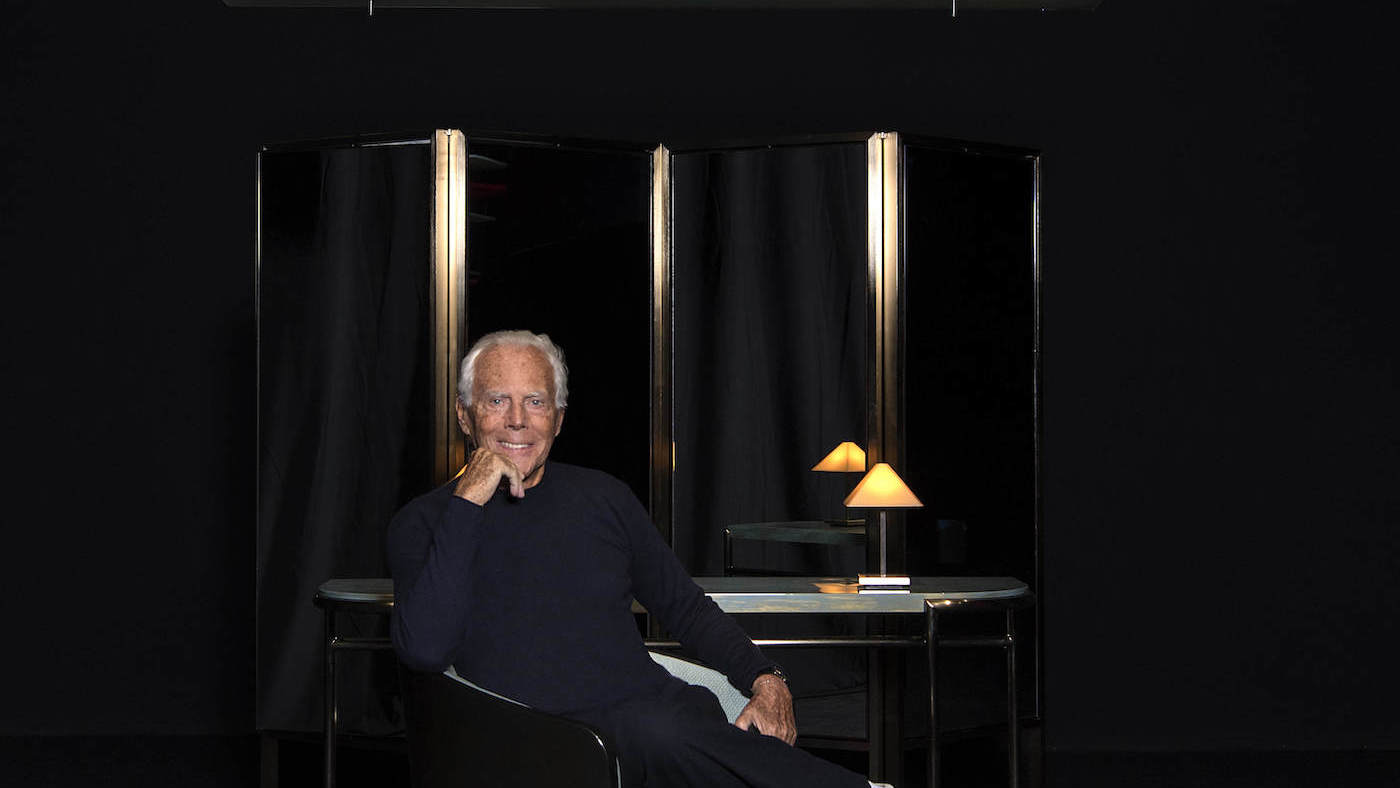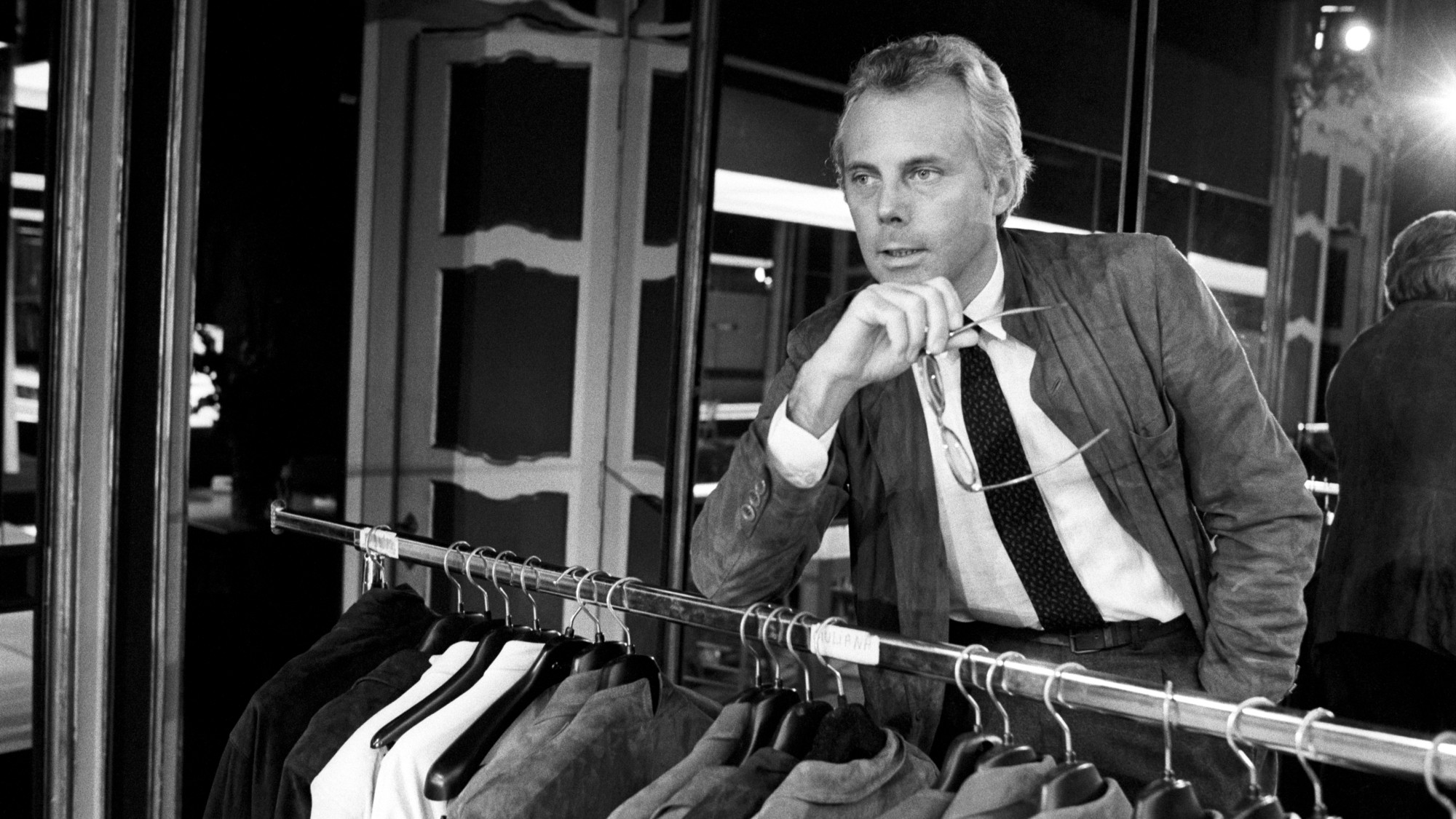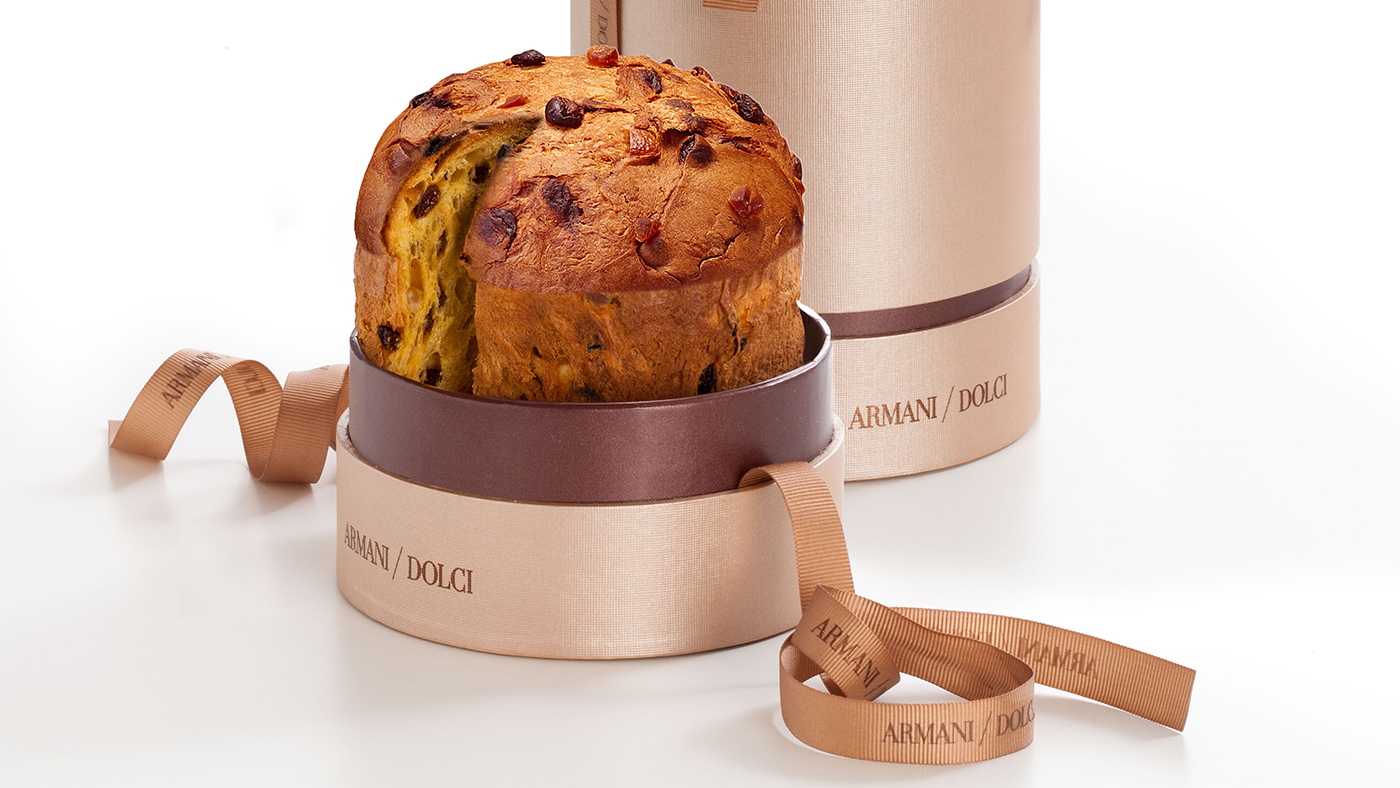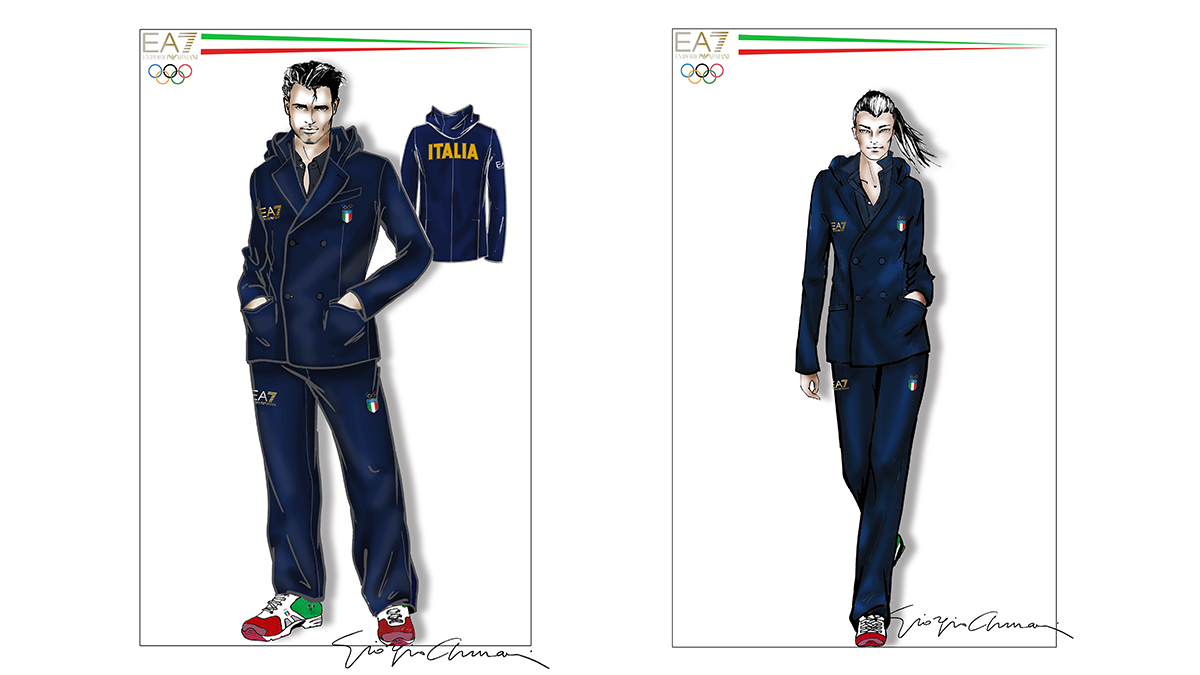Armani Casa: at home with Giorgio Armani
The Italian designer on living well

Giorgio Armani knows good houses. The Italian fashion designer’s property portfolio includes a refurbished Tuscan farmhouse in the seaside town of Forte dei Marmi, a villa complex on the Caribbean island of Antigua and a Manhattan apartment replete with panoramic Central Park views from a 3200 sq ft terrace. When wintering in Switzerland, Armani retreats to La Punt – a small Engadin Valley hamlet near Saint Moritz – and Chesa Orso Bianco (Polar Bear House), his 17th-century abode whose traditional façade contrasts with its refurbished interiors, which nod to Japanese aesthetics and are accented with polished mahogany beams.
“I’m convinced that your home is a reflection of yourself, of your personality”, says Armani. “It tells the story of who you are”.
Armani also knowns how to furnish houses. “My homes are continuously changing”, he says. “I like to embellish them with things I buy during my travels; I like to switch things up by rearranging the furniture. Each home is different, but they all reflect my story and my taste. My subdued meticulousness, my desire for simplicity and for warmth”.
The Week
Escape your echo chamber. Get the facts behind the news, plus analysis from multiple perspectives.

Sign up for The Week's Free Newsletters
From our morning news briefing to a weekly Good News Newsletter, get the best of The Week delivered directly to your inbox.
From our morning news briefing to a weekly Good News Newsletter, get the best of The Week delivered directly to your inbox.
In 2000, the designer’s knack at turning houses into homes saw his business branch into interiors: that year, the first dedicated Armani / Casa boutique opened on Milan’s central via Manzoni. Outlets in Paris, New York and Los Angeles swiftly followed; the network has since grown to 41 addresses across 29 countries. Selling Giorgio Armani mens- and womenswear alongside items for the home, the brand’s 2018 unveiled Sloane street London boutique extends the concept of the Gesamtkunstwerk across 10,000 sq ft of retail space. On a recent visit to the boutique, shoppers dressed in this spring’s mineral blue velvet jackets and signature grey suiting admired a display of colourful tableware and ergonomically shaped gold metal Move vases, before testing an upholstered chaise-longe for comfort.
“Getting dressed and decorating are somewhat similar activities, but with a crucial difference”, Armani declares. “Clothing changes by definition and getting dressed could mean expressing oneself in a new way every day. Home décor, on the other hand, remains the same for much longer”.
Following successful stints dressing the windows of Milanese department store La Rinascente, creating menswear in the design ateliers of Nino Cerruti and gigs as a freelance designer to a number of Italian fashion houses, Armani launched his eponymous business in 1975. His has been a career of many highs: Armani forged a well-documented relationship with Hollywood early on and his creations have been the subject of dedicated museum exhibitions, while his business expanded globally amounting to a $1.3 billion turnover in 2018. The appeal of Armani’s creations has weathered the changing fashions of several decades: casual yet elegant, Armani is known for his economy of line and use of noble materials. It’s a philosophy that he adapts to all aspects of his oeuvre. “My ambition is to have a signature that is coherent with my way of thinking and taste, one that is capable of evolving over time,” Armani says of his myriad creations, which range from tapered Armani / Casa candles (available in steel grey, pearlescent white and an orangey copper tone) to a pair of black leather lace-up boots.
“It’s a piece I’m very attached to, as it represents my first foray into a world I’ve always found fascinating,” Armani tells me when I ask about his Logo lamp. Created in 1982 – coincidently, the design is the same vintage as Armani’s Time magazine cover – first models of the table lamp with conical shade were installed at the brand’s Milanese offices on via Durini. The Logo lamp marked Armani’s homeware debut. “With its pure, geometric shape it embodies the key elements of my design philosophy.”
A free daily email with the biggest news stories of the day – and the best features from TheWeek.com
This spring, the brand readies itself to celebrate the 20th anniversary of its homeware division; since its 2000 launch, Armani / Casa has grown to touch all facets of interior decorating. There are Armani kitchens and bathrooms – respectively finished in partnerships with experts Molteni Kitchens and Roca – and complete sets of tableware, from cutlery to (leaf-shaped) centre piece.
Since 2009, home textiles are produced in a collaboration with heritage concern Rubeli; the Venetian textile company has been an authority in its field since it was established in 1858 and has counted the Italian royal family and creative force Gio Ponti among its patrons. Rubelli’s creations for Armani / Casa include Odaware, a jacquard fabric woven to depict a serene Japanese landscape in addition to the silk and wool Bax rug, which features an Art Deco influenced geometric pattern. To Armani, both the Far East and the Art Deco have proven of continued inspiration. A named influence is French furniture designer and decorator Emile-Jacques Ruhlmann, whose genre-defining work featured in the 1925 International Exhibition of Modern Decorative and Industrial Arts in Paris.
“Interior design has and always will fascinate me, in all of its forms,” Armani enthuses. “I love conjuring up small private worlds, driven by the desire to create the best atmosphere for the place I’m in or the moment I’m experiencing. I’ve always attached foremost importance to the home: it’s an extension of our being and of our feelings.”
-
 Political cartoons for December 13
Political cartoons for December 13Cartoons Saturday's political cartoons include saving healthcare, the affordability crisis, and more
-
 Farage’s £9m windfall: will it smooth his path to power?
Farage’s £9m windfall: will it smooth his path to power?In Depth The record donation has come amidst rumours of collaboration with the Conservatives and allegations of racism in Farage's school days
-
 The issue dividing Israel: ultra-Orthodox draft dodgers
The issue dividing Israel: ultra-Orthodox draft dodgersIn the Spotlight A new bill has solidified the community’s ‘draft evasion’ stance, with this issue becoming the country’s ‘greatest internal security threat’
-
 Giorgio Armani obituary: designer revolutionised the business of fashion
Giorgio Armani obituary: designer revolutionised the business of fashionIn the Spotlight ‘King Giorgio’ came from humble beginnings to become a titan of the fashion industry and redefine 20th-century clothing
-
 The Giorgio Armani Private Bag
The Giorgio Armani Private BagIn Depth Blending style and practicality, the designer's latest holdall reflects the timeless appeal of the brand
-
 Framing life: Giorgio Armani's Films of City Frames
Framing life: Giorgio Armani's Films of City FramesIn Depth The Italian designer's well-established link with cinema continues with his search for top student filmmakers, with the help of Dev Patel
-
 Keep it sweet: The seasonal delights of a panettone
Keep it sweet: The seasonal delights of a panettoneIn Depth From traditional candied fruit to contemporary caramel, this beautifully packaged Italian loaf will give you a slice of Christmas cheer
-
 Giorgio Armani gets emotional about sport
Giorgio Armani gets emotional about sportIn Depth The Italian fashion designer unveils a powerful exhibition of sports photography at the Armani/Silos in Milan
-
 The magic lantern: Celebrating the Armani Logo Lamp
The magic lantern: Celebrating the Armani Logo LampIn Depth Created in 1982, the light was Armani's first foray into interior design; today, it's being honoured through a stylish photo series
-
 The Italian Olympic team sports Armani in Rio
The Italian Olympic team sports Armani in RioSpeed Read Athletic practicality meets European elegance in the designer's stylish sportswear collection, which will be worn throughout the 2016 Games
-
 Futureproof fragrance: scents that stand the test of time
Futureproof fragrance: scents that stand the test of timeIn Depth Rebecca Howard and Henry Farrar-Hockley on aromas with staying power